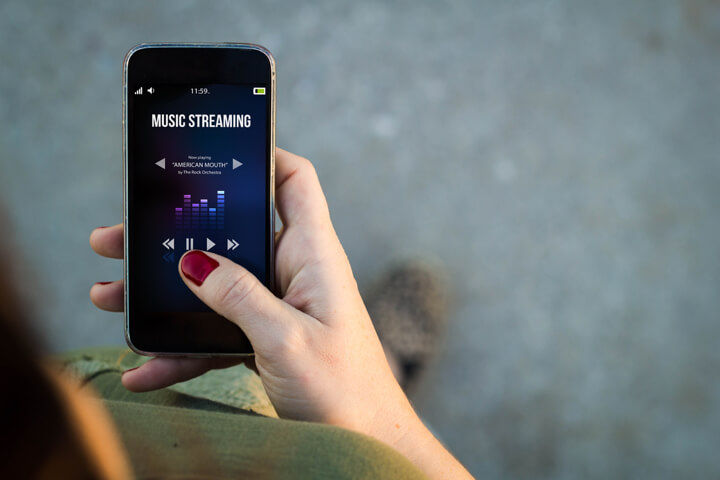So many marketing conversations recently have centered on video ads, overshadowing what’s going on in the audio space. What’s going on in the audio world? Quite a bit, actually. There are major changes happening in both traditional and streaming audio, which play an important role in local marketing campaigns.
From a traditional audio perspective, a question I often hear from our clients is, “Should we be spending money on traditional media when we don’t really know how well it’s doing?” This all comes back to targeting and tracking—two things many traditional advertising vehicles lack. Historically, the available tracking options for radio have been a unique URL or phone number, not ideal in a quick 15- or 30-second spot. This has put pressure on traditional media vendors to come up with a way to show ROI for advertisers’ campaigns.
The solution: a measurement tool that attempts to illustrate the effectiveness of a radio spot by matching it up with a listener’s online actions. Companies like Town Square Media and Entercom (formerly CBS Radio) have launched new ROI tools to show advertisers the impact of audience delivery and engagement with over-the-air campaigns. The tool is able to measure an advertiser’s lift in website traffic following a radio spot. Time-stamped post log data is imported and matched through an API feed from the advertiser’s website analytics. This provides crucial data that helps inform decisions for future campaigns. By tracking the website traffic, we are able to tell which dayparts and creative executions the target audience is most receptive to. We can build future campaigns around those parameters, creating more effective and efficient results. While this tracking method isn’t 100% accurate, it does give us a better sense of the impact of radio on client’s overall marketing mix than a unique URL or phone number does.
This question of ROI also impacts streaming audio providers like Pandora and Spotify. While companion banners are one way to engage with an ad, the increasing number of people listening on connected devices (TVs, voice-activated assistants) eliminates the banner ad option. Pandora is now focusing on audio ads served within the Pandora Connected Home app. Advertisers can overlay Pandora’s 2,000 audience segments on audio ads that run specifically on voice-enabled devices. This holiday season, 20 million Connected Home devices are expected to be sold, and Pandora listening on voice-activated devices is up 300% year-over-year. This is opening a new market in the audio advertising space. Voice activated ads are going to be a new way to help advertisers track ROI. This is a major shift that requires re-imagining audio as an effective medium for keeping brands relevant and top-of-mind. Advertisers will need to be sure they are translating their visual messages into impactful audio ones.
These are just two of the new opportunities in audio advertising. More are sure to follow in this constantly changing media environment. The key to success is adapting your marketing strategies and creative tactics to ensure your messaging and delivery are relevant—and producing results.










